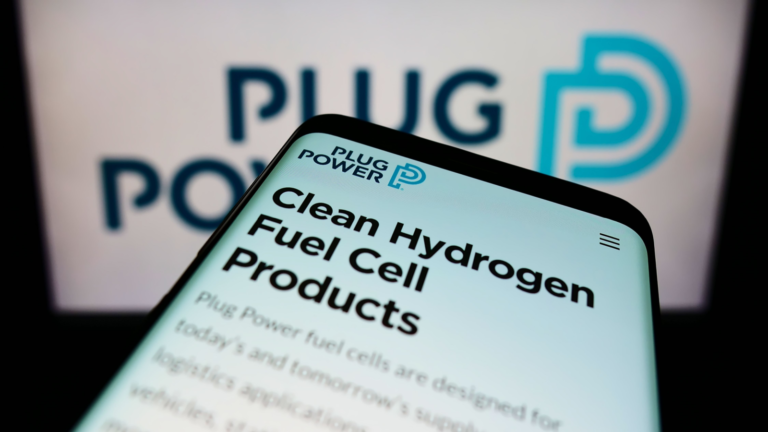Amidst a sluggish market performance, Plug Power is set to leverage a significant tax incentive for clean hydrogen production, providing a glimmer of hope for investors.

Source: Wirestock Creators / Shutterstock.com
Plug Power (NASDAQ:PLUG) stock dips 4% today despite plans to benefit from the Inflation Reduction Act (IRA) through the Section 45V Credit for Clean Hydrogen Production. The company’s forward-thinking strategy positions it as a pioneer in clean hydrogen production in the U.S., aiming to capitalize on the IRA’s tax benefits.
Section 45V offers a credit of up to $3 per kilogram of clean hydrogen, presenting Plug with a substantial financial incentive to embrace cleaner energy sources like electrolytic hydrogen. This move is a shift towards a more sustainable and cost-efficient energy approach compared to traditional fossil fuels.
“Government support for clean hydrogen is crucial for global decarbonization goals,” said Plug Chief Executive Andy Marsh, highlighting the pivotal role of such incentives in driving innovation and sustainable practices in the industry.
“By leveraging these incentives, we can scale our hydrogen production capabilities and catalyze industry-wide technological advancements. The use of the PTC will drive innovation and investment in clean hydrogen solutions, which are essential for a sustainable future.”
Plug’s Georgia facility, currently producing 15 tons of hydrogen per day, stands as a notable achievement as the largest electrolytic liquid hydrogen plant and PEM electrolyzer in the U.S.
Challenges Persist for PLUG Stock
Despite the positive developments, PLUG stock faces resistance in the market, witnessing a year-to-date decline of almost 50%. However, the company remains committed to growth, with expansions underway, including a Tennessee plant scaling to 10 tons per day and a Louisiana plant targeting 15 tons of liquid hydrogen daily by year-end.
Strategic incentives, like those under the Section 45V framework, are poised to provide Plug and similar companies with the financial backing needed to sustainably expand clean energy operations.
Disclaimer: On the date of publication, no positions in the securities mentioned were held. The opinions expressed in this article are independent and based on the subject matter.

